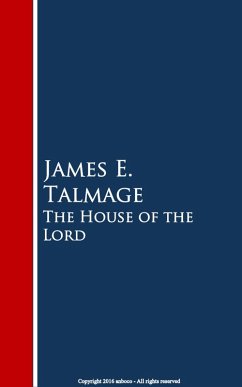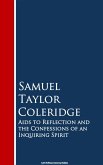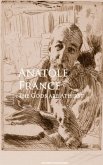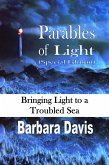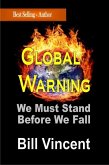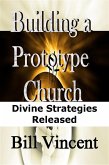Among the numerous sects and churches of the present day, the Latter-day Saints are distinguished as builders of Temples. In this respect they resemble Israel of olden time. It is not surprising that great and widespread interest is manifest respecting this peculiarity of the Church of Jesus Christ of Latter-day Saints, nor that questions are continually arising as to the purpose and motive behind this great labor, and the nature of the ordinances administered in these modern Houses of the Lord. To answer some of these questions, and to place within the reach of earnest inquirers authentic information concerning the doctrine and practise of Temple ministration, this book has been written. By way of affording means of easy comparison between the Temple-building achievements of past and those of current time, a brief treatment of the sanctuaries of earlier dispensations has been included. While detailed information pertaining to ancient Temples and related sanctuaries is accessible to all, through cyclopedias, Bible dictionaries and works of more special scope, but little concerning the Temples of today and the sacred service therein rendered has been published in separate form. The official "History of the Church of Jesus Christ of Latter-day Saints" contains abundant data on the subject; but the information is distributed through many tomes, and is of access to comparatively few.
Dieser Download kann aus rechtlichen Gründen nur mit Rechnungsadresse in A, B, BG, CY, D, DK, EW, E, FIN, F, GR, H, IRL, I, LT, L, LR, M, NL, PL, P, R, S, SLO, SK ausgeliefert werden.

